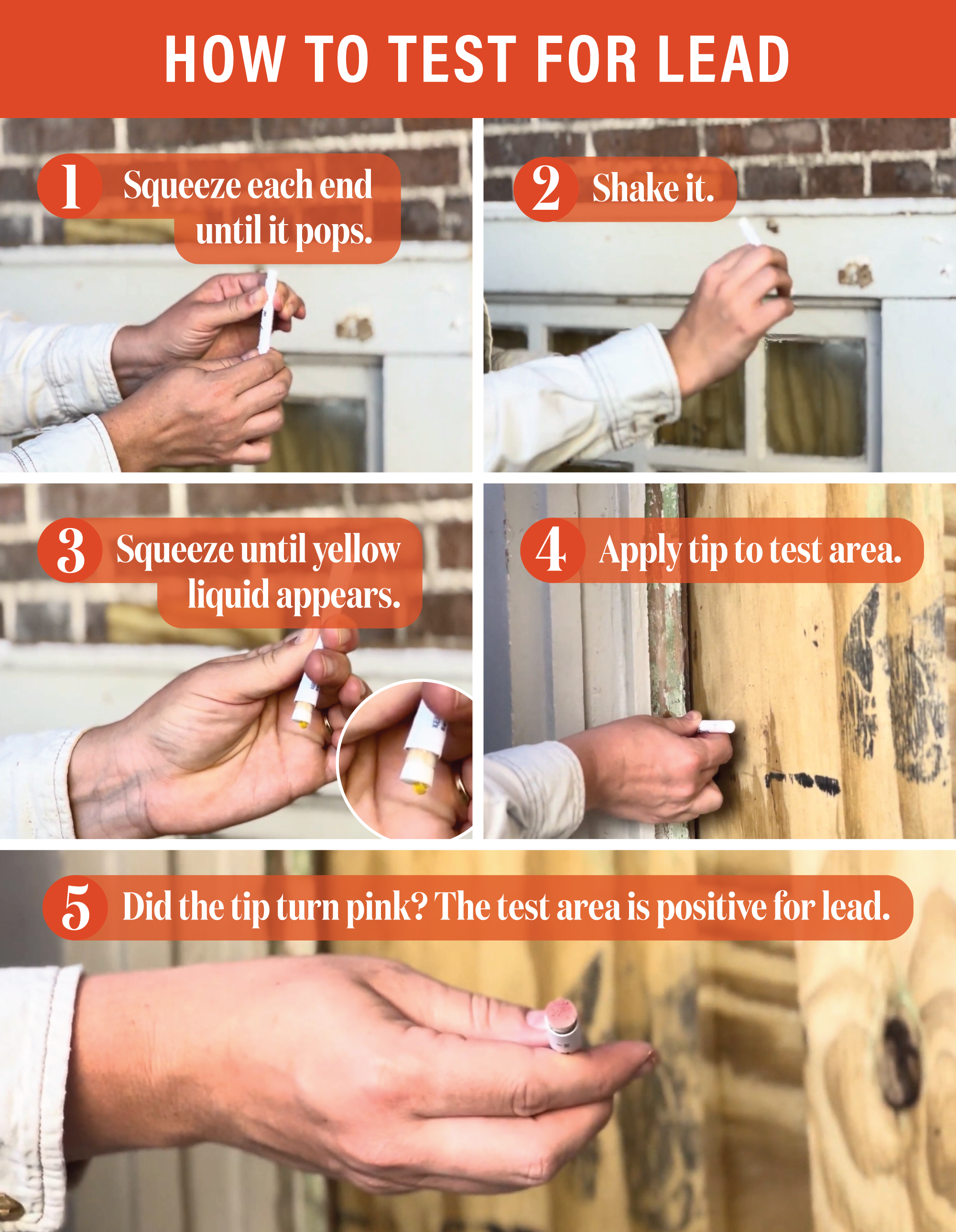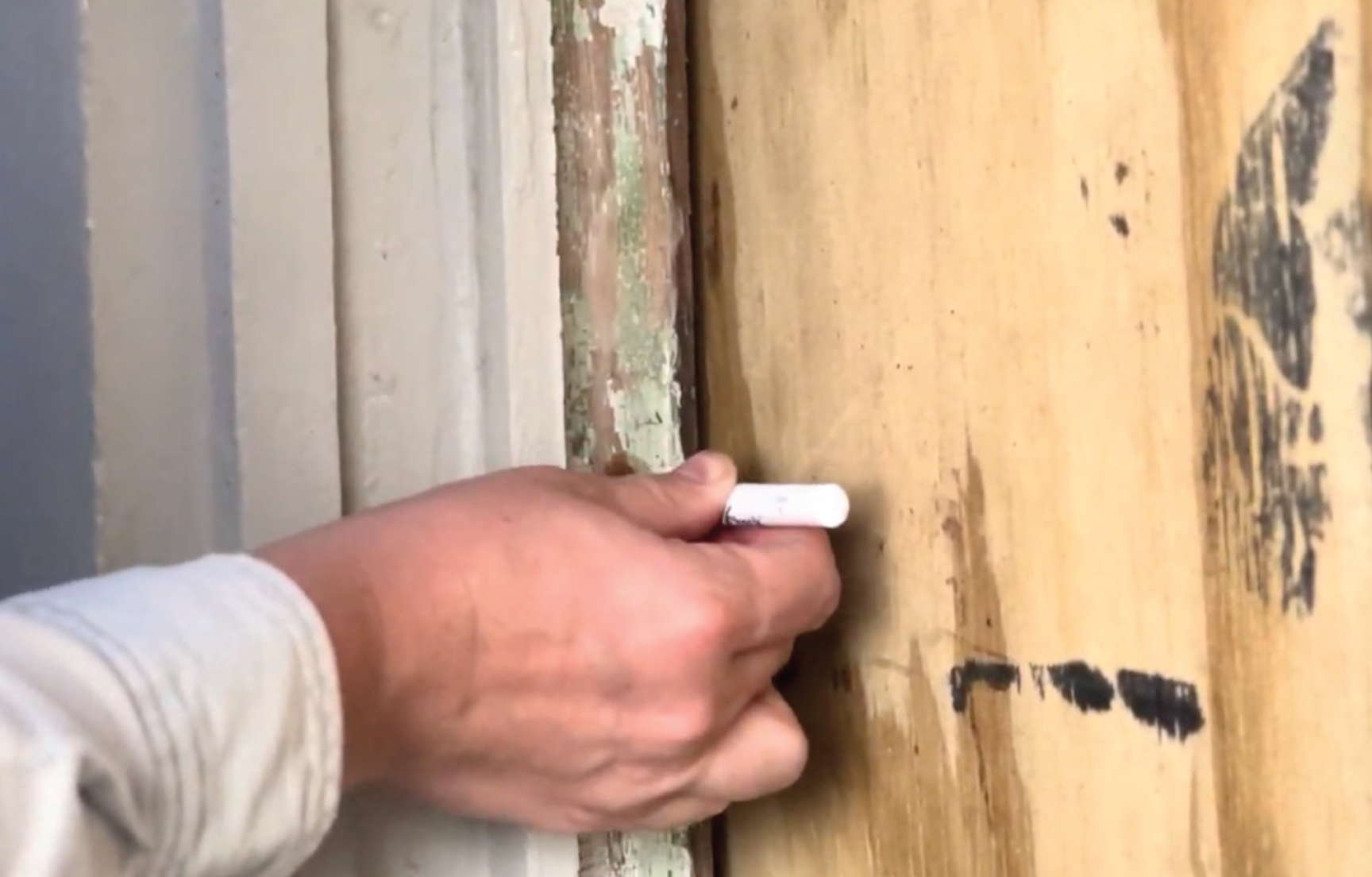Did you know this week is National Lead Poisoning Prevention Week? In New Orleans, our buildings retain more than historic architectural details — they can also retain lead paint, coated over by years of new colors and paint types.
In its heyday, lead paint was the ultimate choice for everyday paint jobs because the metal pigment provided fast drying with a durable finish. Lead paint was likely used if your home was built prior to 1978, when the ban on lead as a paint additive went into effect. As the health damage caused by lead became more apparent, talk of lead became synonymous with fear: fear of lead in drinking water, in soil and in the paint that coats walls (the focus of this piece).
When should you be afraid of lead-based paint?
When it becomes ingestible, through paint chips, paint dust or paint vapors.
Paint chips are mostly self-explanatory. As lead-based paint starts to degrade and dry out, it can chip off into flakes, which can then be ingested by pets, children or even well-meaning people who clean them up but do not properly wash their hands after.
Paint dust is created when sanding paint. If you sand lead-based paint, either by hand or electric sander, the dust produced is incredibly easy to breathe in. If the surrounding areas are not protected during sanding, the dust will settle on objects and could be unknowingly touched later.
Paint vapors are created when heat gets involved. When using a heat-gun or other heated paint stripping tools, lead-based paint gives off hazardous vapor upon reaching a certain temperature. Again, this vapor is breathed in and ingested.
How can you prevent lead poisoning from lead paint?
Do a quick lead test. Testing for lead paint is easier than you might think. Lead testing kits can be found at most hardware stores and online, but it is important to note that these quick and easy tests can be known for false positives. If you get a positive result, follow up with professional testing. You can find more about lead testing, including EPA-approved lead test kits and how to find certified lead assessors, online at The U.S. Environmental Protection Agency or the Louisiana Department of Health Lead Poisoning Prevention Program. Certified lead assessors can conduct x-ray fluorescence testing that sees through layers of paint and this process does not disturb the lead paint. These assessors can also check your water and soil for the presence of lead.
In the photos below, you will see the use of the 3M Lead Check Instant Lead Test. As of October 2023, the production of these kits was stopped, but other lead tests work just as simply. It is important to note that these tests do not test through layers of paint; only the layer(s) the test comes into contact with. It is best to test areas you suspect to be lead-based paint or to test an already chipped area where multiple layers of paint can be seen.
For this type of test, you simply crush the ends of the stick, shake and then rub the white tip onto the painted surface. If the white tip turns pink, lead is present!

If you have lead paint in your home, always follow the EPA’s Lead Renovation, Repair and Painting Rule guidelines when remediating lead paint. These guidelines include:
- Use the wet scrape method to avoid sanding and dust
- Turn off fans and air conditioners if you are inside and disturbing lead paint
- Wear proper Personal Protection Equipment (PPE) including gloves, a face mask or respirator with the appropriate cartridge or filter for lead exposure
- Keep any lead dust and flakes contained when working with a vacuum attachment, plastic sheeting or a zip wall systems
- Remove all items in a sealed heavy duty trash bag
- Use a vacuum with a HEPA filter to clean up the area, and
- Have de-leading soap ready to use for hand washing.
Have questions? Reach out to the PRC’s Director of Conservation and Education at mshoriak@prcno.org






